

Articles
How To Store Chicken Breast
Modified: January 8, 2024
Learn the best methods for storing chicken breast in our informative articles. Find out how to keep your chicken fresh and flavorful for longer periods of time.
(Many of the links in this article redirect to a specific reviewed product. Your purchase of these products through affiliate links helps to generate commission for Storables.com, at no extra cost. Learn more)
Introduction
Storing chicken breast properly is important to maintain its freshness and ensure food safety. Whether you’ve bought a large batch of chicken breast on sale or have leftovers from a previous meal, knowing how to store it correctly will prolong its shelf life and keep it safe to consume.
In this article, we will guide you through the steps of storing chicken breast, whether you plan to refrigerate it for short-term use or freeze it for long-term storage. We will also provide helpful tips and precautions to ensure that your chicken breast stays at its best quality.
By following the proper storage techniques, you can avoid food waste, save money, and have a convenient supply of chicken breast on hand whenever you need it.
Key Takeaways:
- Properly storing chicken breast is crucial for maintaining freshness and food safety. Choose the right packaging, prepare it carefully, and follow correct storage methods to enjoy delicious chicken in various recipes.
- Whether refrigerating for short-term use or freezing for long-term storage, proper handling and storage techniques can help you avoid food waste, save money, and always have a convenient supply of chicken breast on hand.
Read more: How To Store Chicken Breast In Freezer
What You’ll Need
Before you begin storing chicken breast, make sure you have the following supplies:
- Chicken breast: Ensure that the chicken breast is fresh and of good quality.
- Food storage containers: Choose airtight containers that are suitable for refrigerating or freezing.
- Freezer bags: If you plan to freeze the chicken breast, freezer bags will help prevent freezer burn and maintain its quality.
- Labels and markers: These will come in handy for properly labeling and dating the stored chicken breast.
- Plastic wrap or aluminum foil: These can be used for additional wrapping if needed.
- Cutting board and knife: Use these tools for portioning or preparing the chicken breast as desired.
- Refrigerator or freezer: Ensure that your refrigerator is set to the proper temperature and your freezer is in good working condition.
Having these supplies ready will help streamline the process of storing chicken breast and ensure that it is properly protected and organized in your pantry, refrigerator, or freezer.
Step 1: Choose the Right Packaging
The first step in storing chicken breast is to choose the appropriate packaging to keep it fresh and safe. The type of packaging you use will depend on whether you plan to refrigerate or freeze the chicken breast.
If you’re refrigerating the chicken breast for short-term use (up to 2-3 days), you can choose to store it in airtight food storage containers or wrap it tightly in plastic wrap or aluminum foil. Make sure there are no air gaps or openings as exposure to air can lead to spoilage. Using airtight containers will also prevent any odors from transferring to the chicken breast.
If you’re freezing the chicken breast for long-term storage (up to 3-4 months), it’s recommended to use freezer bags. These bags are specifically designed to prevent freezer burn and maintain the quality of the chicken breast. Ensure you remove as much air as possible from the bags before sealing them to minimize the risk of freezer burn.
Alternatively, you can opt for vacuum-sealed bags or vacuum sealers to remove all air from the packaging. This method provides the best protection against freezer burn and extends the shelf life of the chicken breast.
Remember to label the packaging with the date of storage to keep track of its freshness and avoid keeping it for too long. Additionally, it’s a good practice to portion the chicken breast before storing it, so you can thaw only the amount you need without having to defrost the entire package.
By choosing the right packaging, you can ensure that your chicken breast stays fresh, safe, and free from freezer burn or exposure to unwanted odors.
Step 2: Preparing the Chicken Breast
Before storing the chicken breast, it’s important to properly prepare it to ensure its quality and safety.
Start by inspecting the chicken breast for any visible signs of spoilage, such as an unpleasant odor, slimy texture, or discoloration. If you notice any of these signs, it’s best to discard the chicken breast as it may not be safe to consume.
Next, rinse the chicken breast under cold running water to remove any dirt or debris. Pat it dry with paper towels to remove excess moisture. This step helps prevent the growth of bacteria and ensures a longer shelf life.
Optionally, you can season the chicken breast before storing it. Adding salt, pepper, herbs, or marinade will enhance the flavor when you’re ready to use it. However, avoid adding any acidic ingredients like lemon juice or vinegar, as these can negatively affect the texture of the chicken when stored for an extended period.
If you’re portioning the chicken breast, use a clean cutting board and a sharp knife to divide it into desired-sized pieces. This will allow for easy thawing and reduce waste when you only need a portion at a time.
Once the chicken breast is prepared, proceed to the next step of storing it in the refrigerator or freezer, depending on your intended use.
By properly preparing the chicken breast, you ensure its quality and reduce the risk of spoilage or contamination during storage.
Step 3: Storing in the Refrigerator
If you plan to use the chicken breast within a few days, storing it in the refrigerator is the way to go. Follow these steps to ensure it stays fresh and safe:
- Transfer the prepared chicken breast into an airtight container or wrap it tightly in plastic wrap or aluminum foil. Make sure there are no openings or air gaps.
- Label the container or wrapping with the date of storage to keep track of its freshness.
- Place the container or wrapped chicken breast in the refrigerator, preferably on a lower shelf where the temperature is most consistent.
- Keep the refrigerator temperature at or below 40°F (4°C) to inhibit bacterial growth and maintain the quality of the chicken breast.
- Avoid storing the chicken breast next to raw vegetables, fruits, or ready-to-eat foods to prevent cross-contamination.
Remember to never leave cooked chicken breast at room temperature for more than 2 hours, as it can promote the growth of harmful bacteria. If you have any leftovers, promptly store them in the refrigerator within this time frame.
The refrigerated chicken breast will stay fresh for up to 2-3 days, depending on its initial freshness and how well it was stored. Discard any leftovers that have been in the refrigerator for longer than this recommended duration.
By storing the chicken breast in the refrigerator, you can maintain its freshness for short-term use and enjoy it in various recipes.
To store chicken breast, place it in an airtight container or resealable plastic bag and store it in the coldest part of the refrigerator, which is usually the back of the bottom shelf. Use within 2-3 days or freeze for longer storage.
Read more: How To Store Chicken Breast In Fridge
Step 4: Freezing the Chicken Breast
If you want to extend the shelf life of the chicken breast, freezing is the best option. Follow these steps to properly freeze the chicken breast:
- Ensure that the chicken breast is cooled completely before freezing. Leaving it at room temperature will promote bacterial growth.
- Place the chicken breast in a freezer bag, squeezing out as much air as possible before sealing. Alternatively, use a vacuum-sealed bag or vacuum sealer for optimal protection against freezer burn.
- Label the freezer bag with the date of freezing to track its freshness.
- If freezing multiple chicken breasts, separate them with parchment paper or plastic wrap to prevent sticking together.
- Place the freezer bag or bags in the freezer, ideally in a single layer to allow for quicker freezing.
It’s important to note that the quality of the chicken breast will gradually decline the longer it is stored in the freezer. Hence, it’s advisable to use frozen chicken breast within 3-4 months for the best results.
By freezing the chicken breast properly, you can retain its quality, texture, and flavor for an extended period, allowing for convenient meal planning and minimizing food waste.
Step 5: Thawing and Using the Frozen Chicken Breast
When you’re ready to use the frozen chicken breast, it’s important to thaw it properly to ensure safe consumption. Follow these steps to thaw and use the frozen chicken breast:
- Transfer the frozen chicken breast from the freezer to the refrigerator. Allow it to thaw slowly in the refrigerator overnight or for about 24 hours.
- If you’re in a hurry and need to thaw the chicken breast more quickly, you can use the defrost function on your microwave. However, make sure to cook it immediately after thawing to avoid any risk of bacterial growth.
- Avoid thawing the chicken breast at room temperature, as this can increase the risk of bacterial contamination.
- Once thawed, use the chicken breast immediately or within 1-2 days. Do not refreeze the chicken breast if it has been fully thawed.
- Cook the chicken breast thoroughly to a safe internal temperature of 165°F (74°C) to ensure it is safe to eat.
When using the thawed chicken breast, follow your desired recipe, whether it’s grilling, baking, sautéing, or preparing it in any other way you prefer. Enjoy the delicious flavors and textures of the properly handled and cooked chicken breast.
By following the correct thawing methods, you can safely and effectively utilize the frozen chicken breast, ensuring a tasty and satisfying meal.
Additional Tips and Precautions
Here are some additional tips and precautions to keep in mind when storing chicken breast:
- Always practice good hygiene when handling raw chicken breast. Wash your hands thoroughly before and after handling it to prevent cross-contamination.
- If you’re freezing raw chicken breast, it’s recommended to marinate it first before freezing. Marinating adds flavor and helps tenderize the meat.
- Avoid thawing and refreezing chicken breast multiple times, as it can impact the texture and quality. Try to use the entire batch once it’s thawed.
- If you’re cooking the chicken breast and have leftovers, store them in a separate container rather than putting them back with raw chicken breast to lower the risk of contamination.
- Consider portioning the chicken breast before storing it, so you can thaw only what you need and reduce waste.
- Always follow any specific storage guidelines provided by the package of the chicken breast, as some brands may have their own recommendations.
- If you’re uncertain about the safety or quality of the chicken breast, it’s better to err on the side of caution and discard it.
- Regularly check the temperature of your refrigerator and freezer to ensure they are set at the correct levels for food preservation.
- If you notice any unusual odor, discoloration, or texture changes in the chicken breast, do not consume it and dispose of it immediately.
By following these additional tips and precautions, you can maintain the highest quality and safety standards when storing and using chicken breast.
Conclusion
Properly storing chicken breast is essential for maintaining its freshness and ensuring food safety. Whether you choose to store it in the refrigerator for short-term use or freeze it for long-term storage, following the right steps will help you prolong its shelf life and enjoy it in various recipes.
By choosing the right packaging, such as airtight containers or freezer bags, you can protect the chicken breast from spoilage and freezer burn. Labeling the packaging with the date of storage will help you keep track of its freshness and avoid storing it for too long.
Preparing the chicken breast by inspecting, rinsing, and seasoning it before storing ensures its quality. Portioning the chicken breast before storage allows for easy thawing and reduces waste when you only need a portion at a time.
Storing the chicken breast in the refrigerator or freezer at the appropriate temperature is crucial for maintaining its freshness. Thawing frozen chicken breast properly in the refrigerator or using the defrost function on the microwave ensures safe consumption.
Finally, following additional tips and precautions, such as practicing good hygiene, avoiding repeated thawing and refreezing, and monitoring the temperature of your refrigerator and freezer, will help you store and use chicken breast safely and effectively.
By mastering the art of storing chicken breast, you can minimize food waste, save money, and always have a convenient supply of fresh or frozen chicken breast on hand for your favorite recipes. With these guidelines, you can confidently store your chicken breast and enjoy its delicious flavors until you’re ready to cook and savor every bite.
Frequently Asked Questions about How To Store Chicken Breast
Was this page helpful?
At Storables.com, we guarantee accurate and reliable information. Our content, validated by Expert Board Contributors, is crafted following stringent Editorial Policies. We're committed to providing you with well-researched, expert-backed insights for all your informational needs.
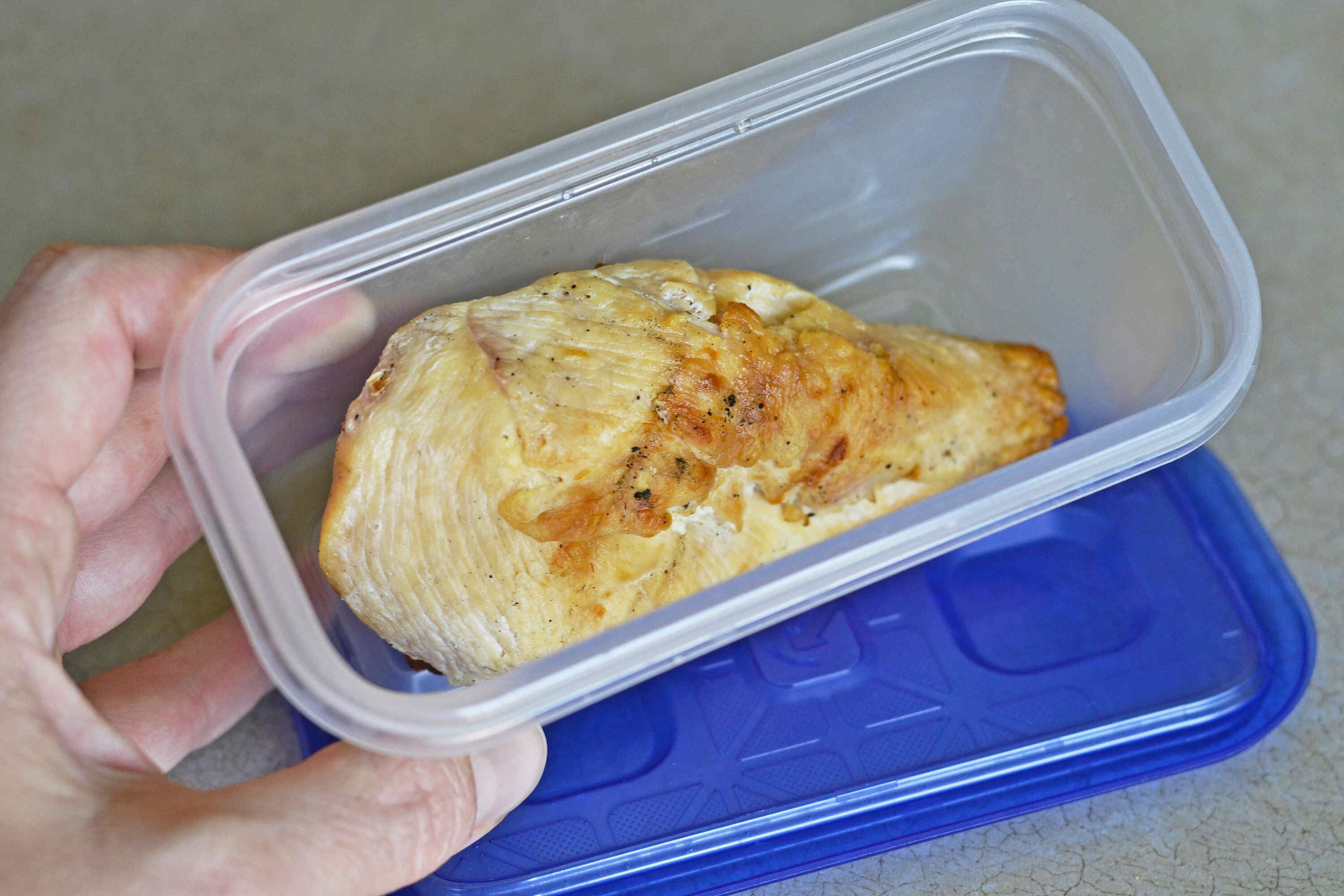
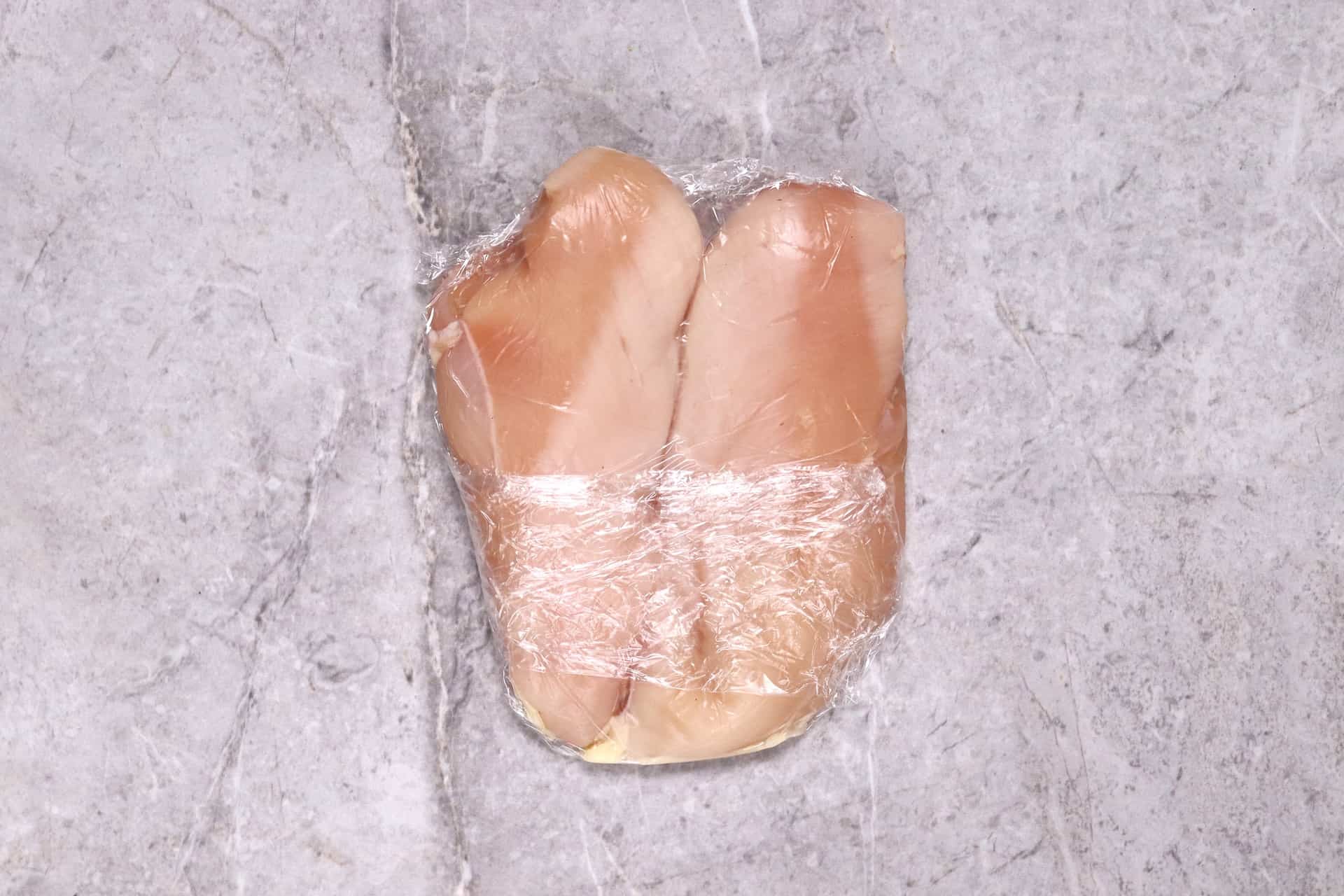



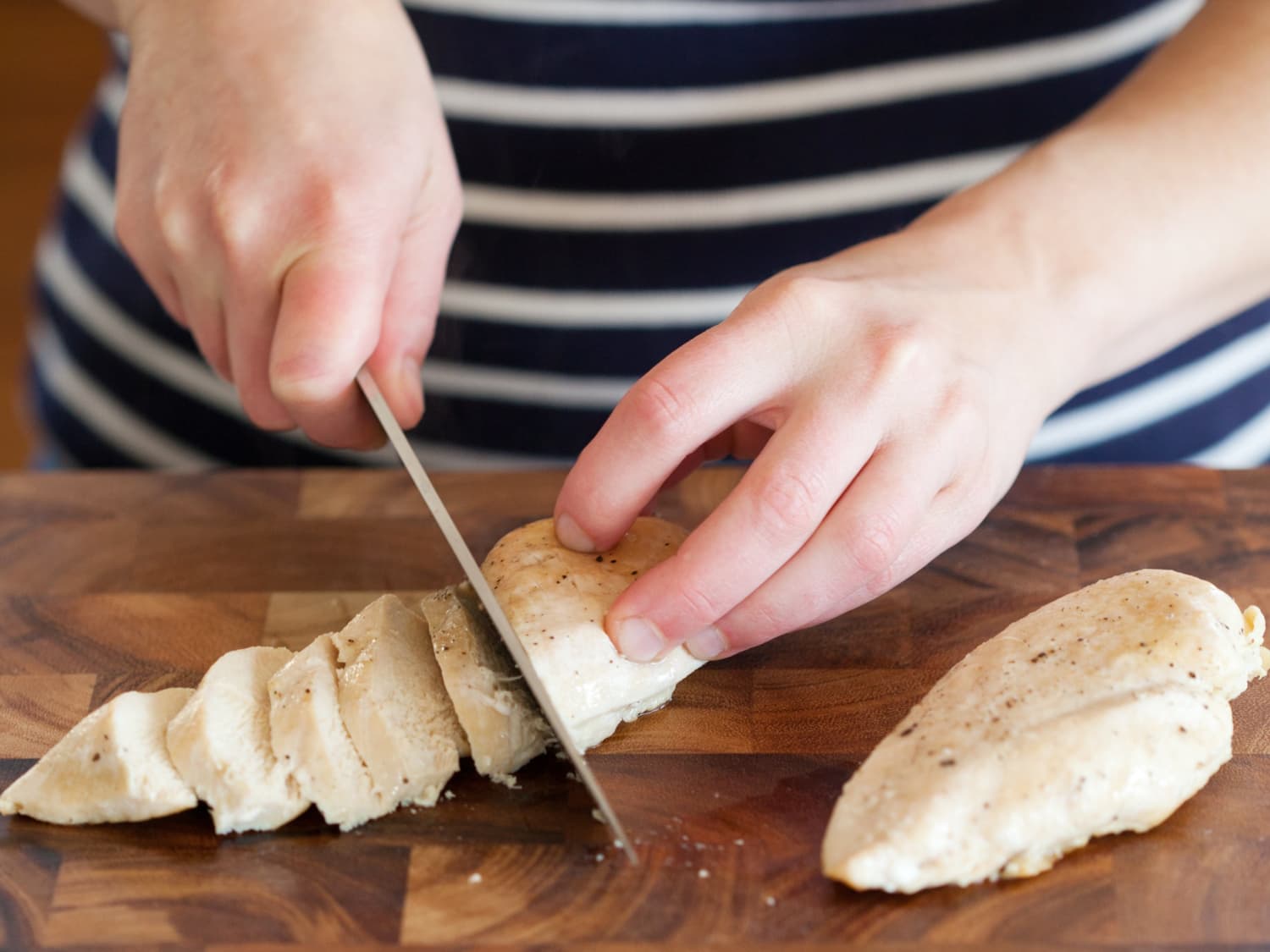
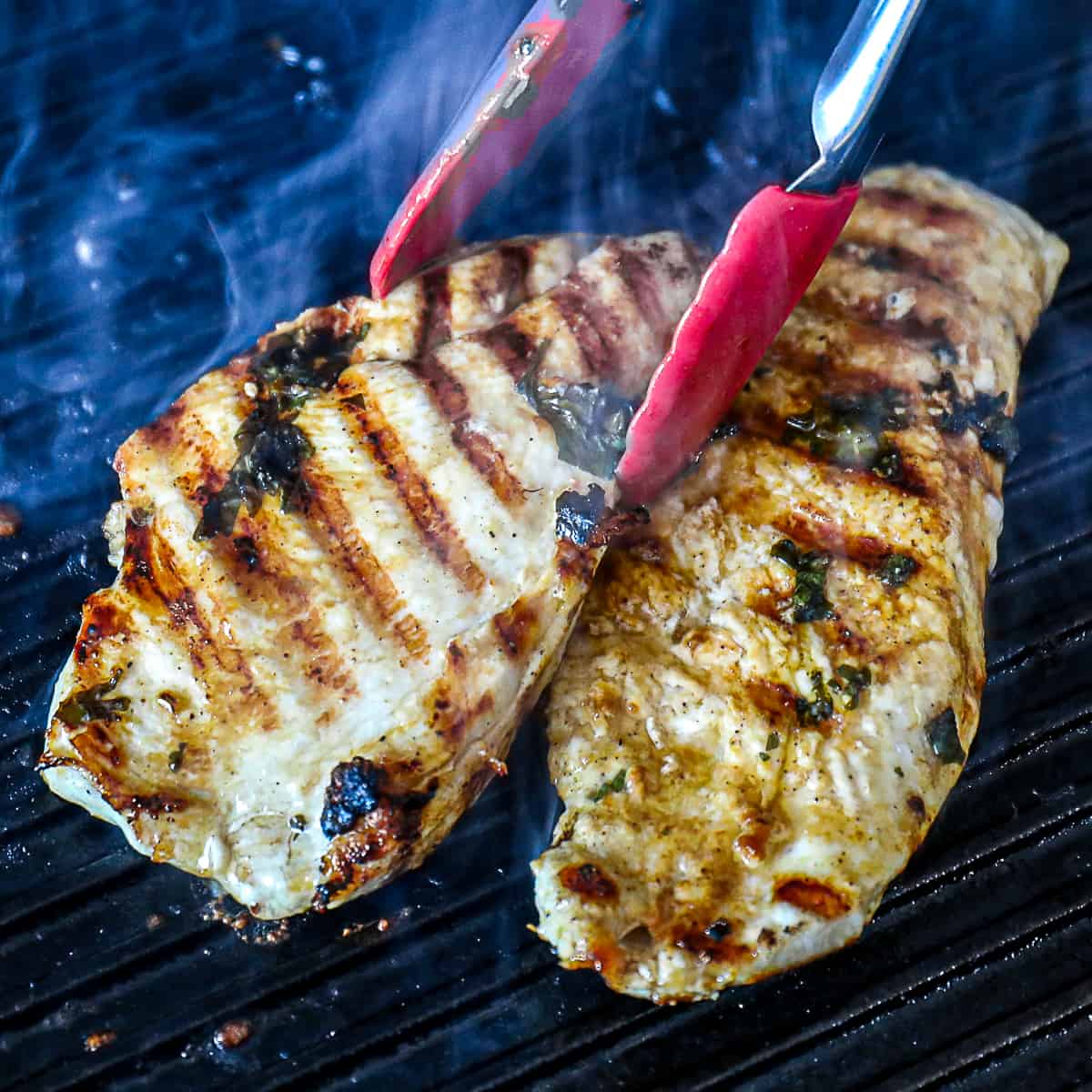

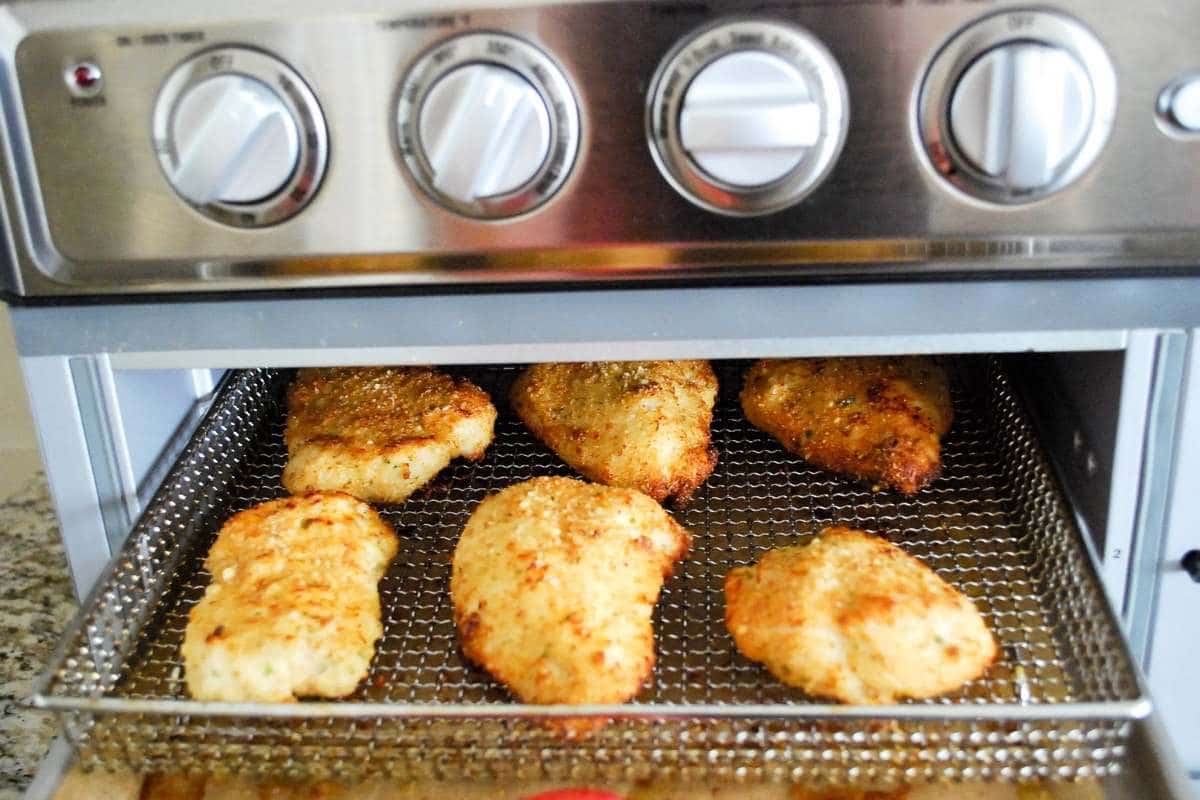
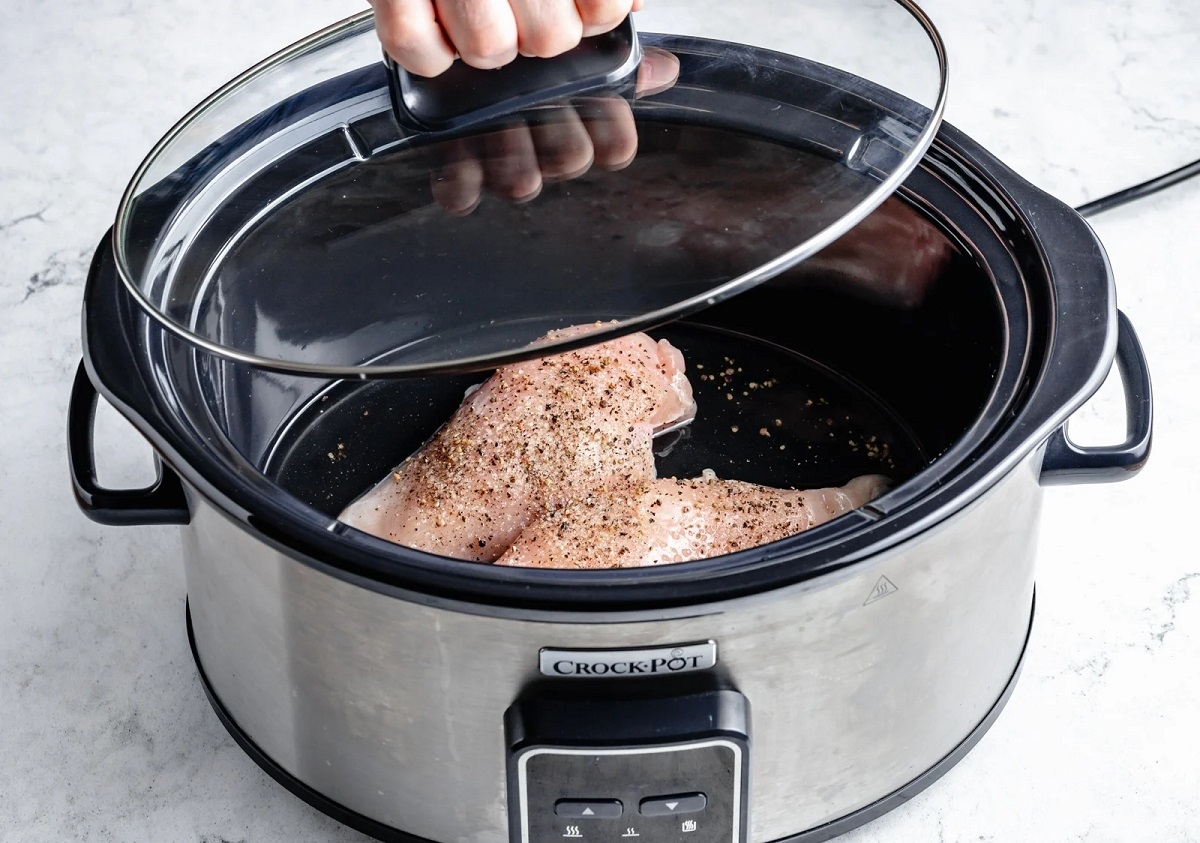
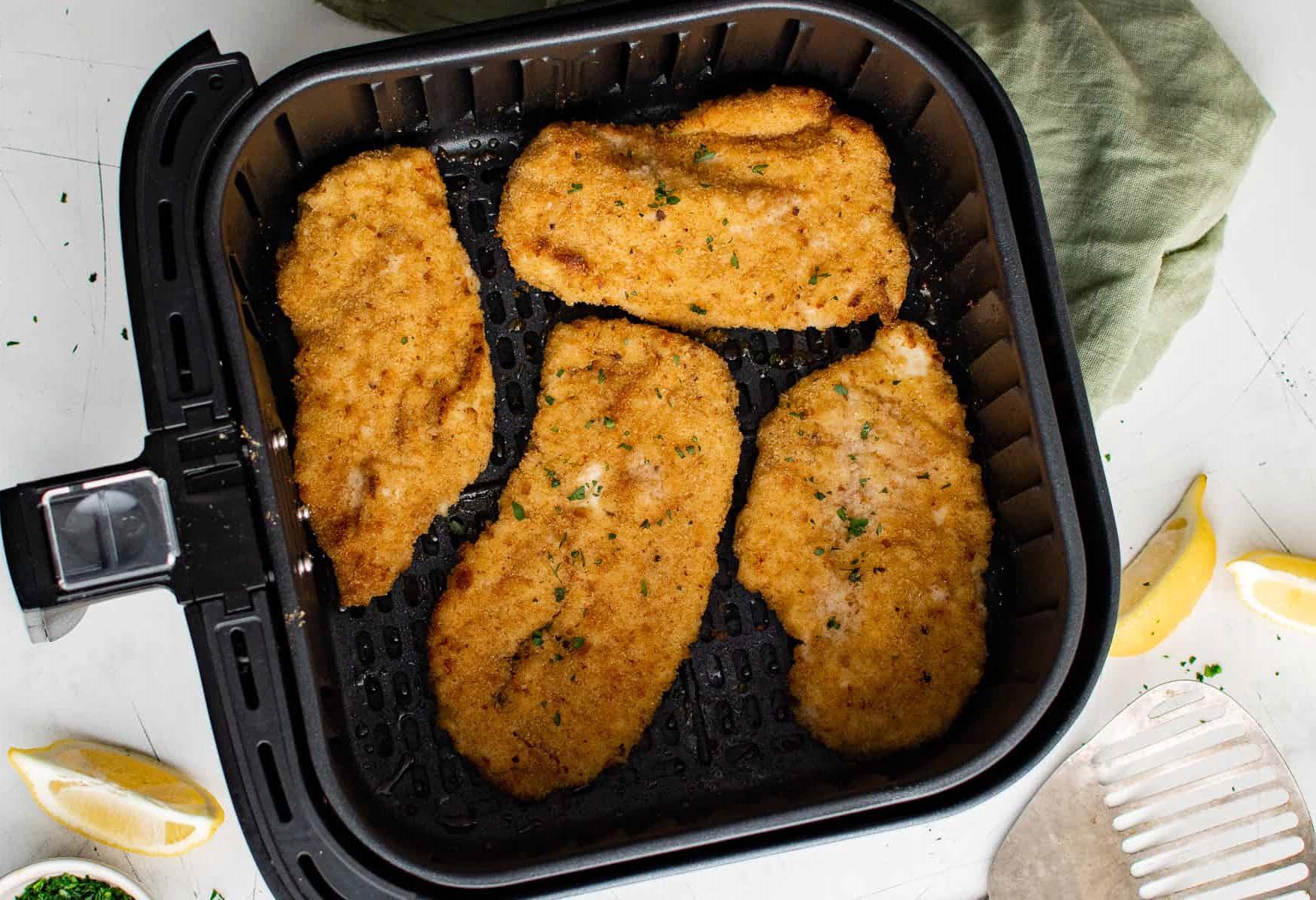
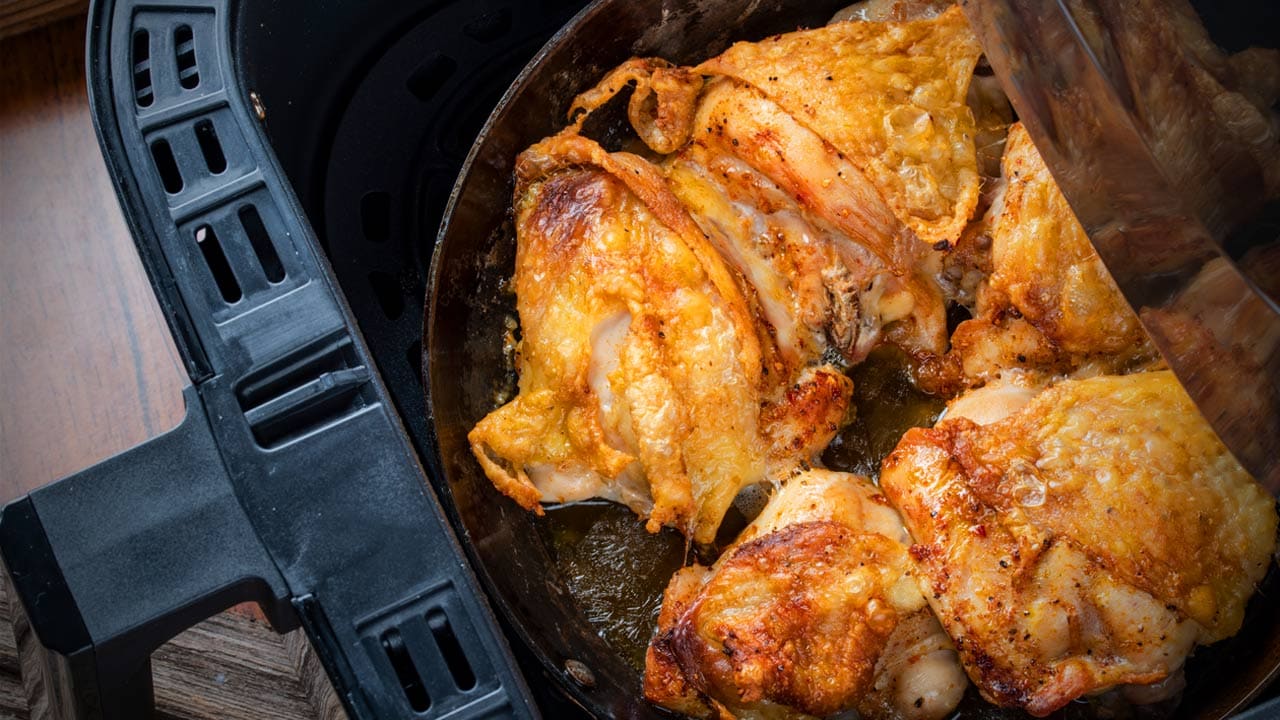
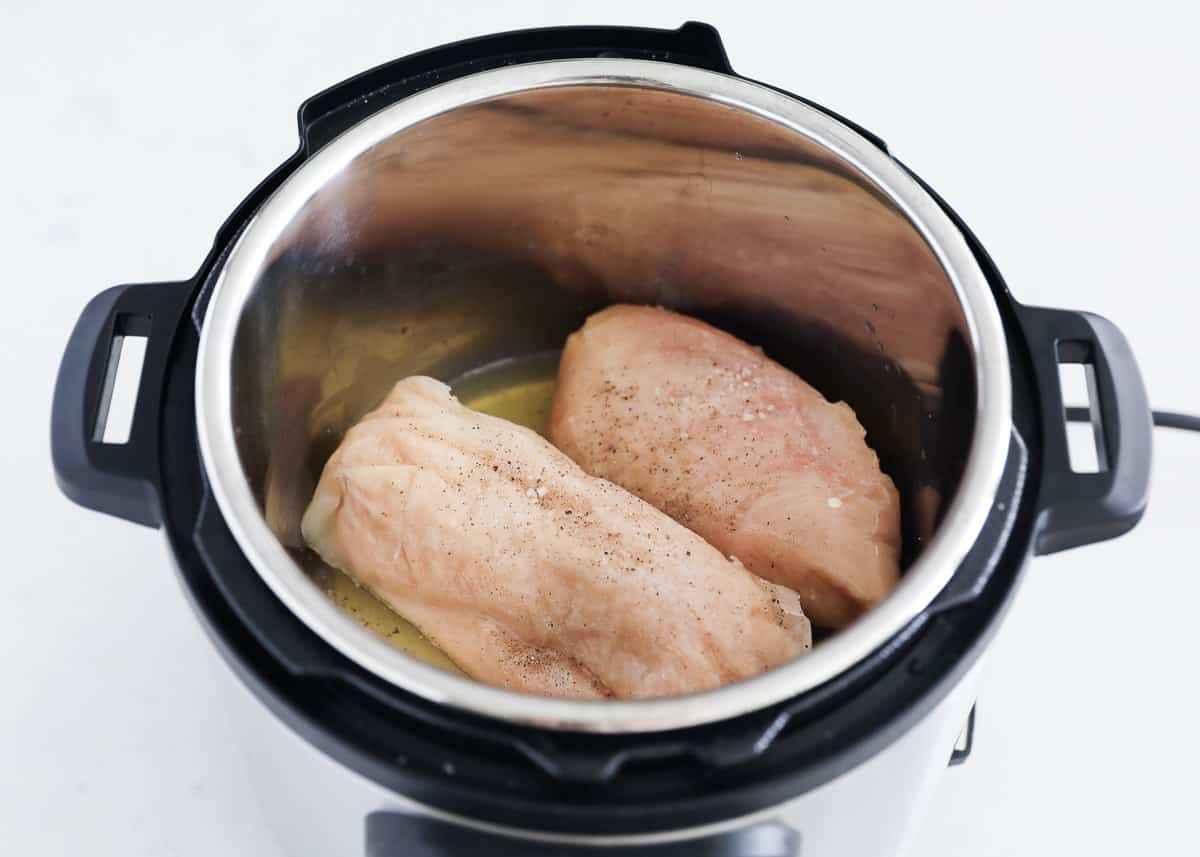
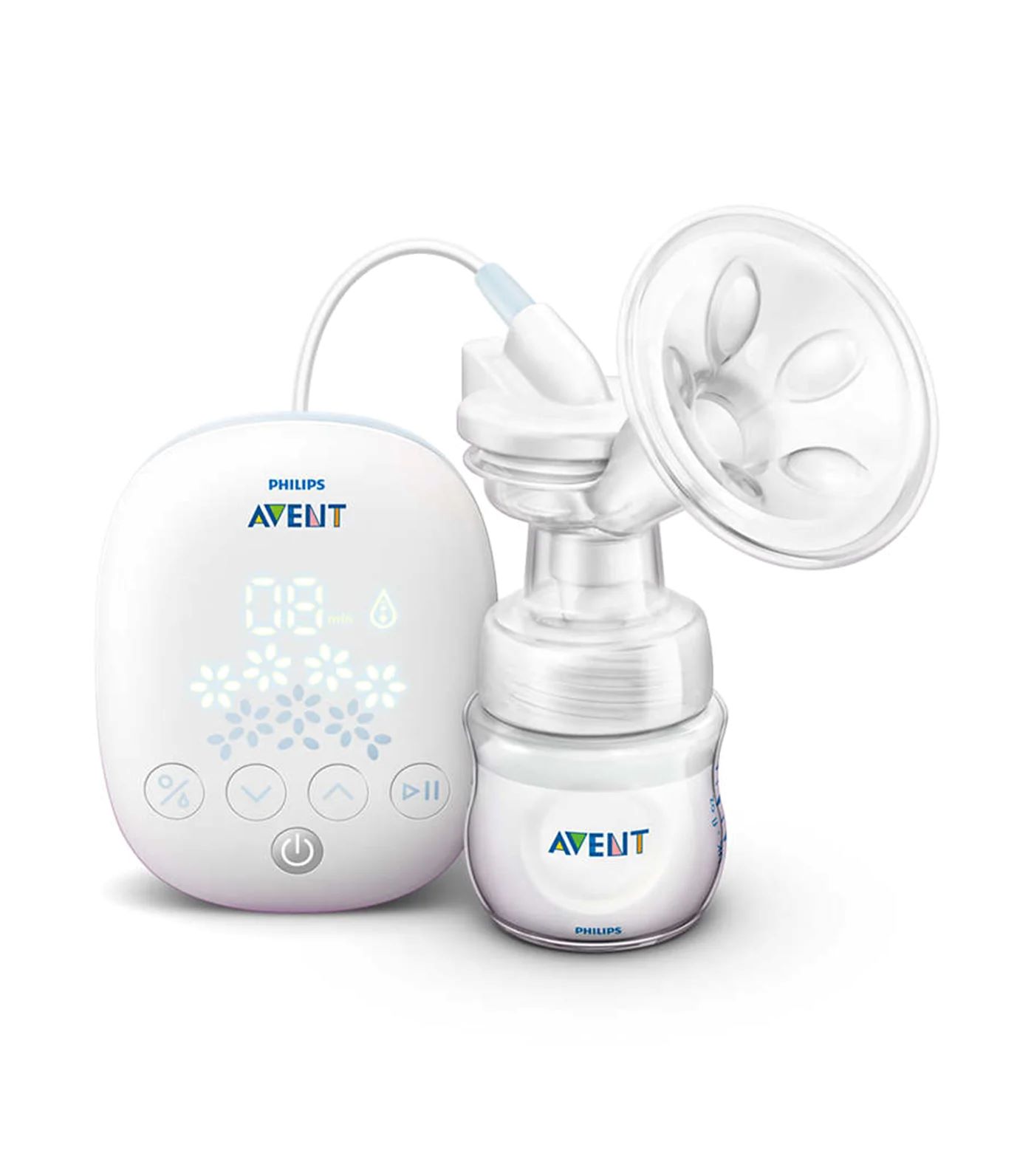

0 thoughts on “How To Store Chicken Breast”